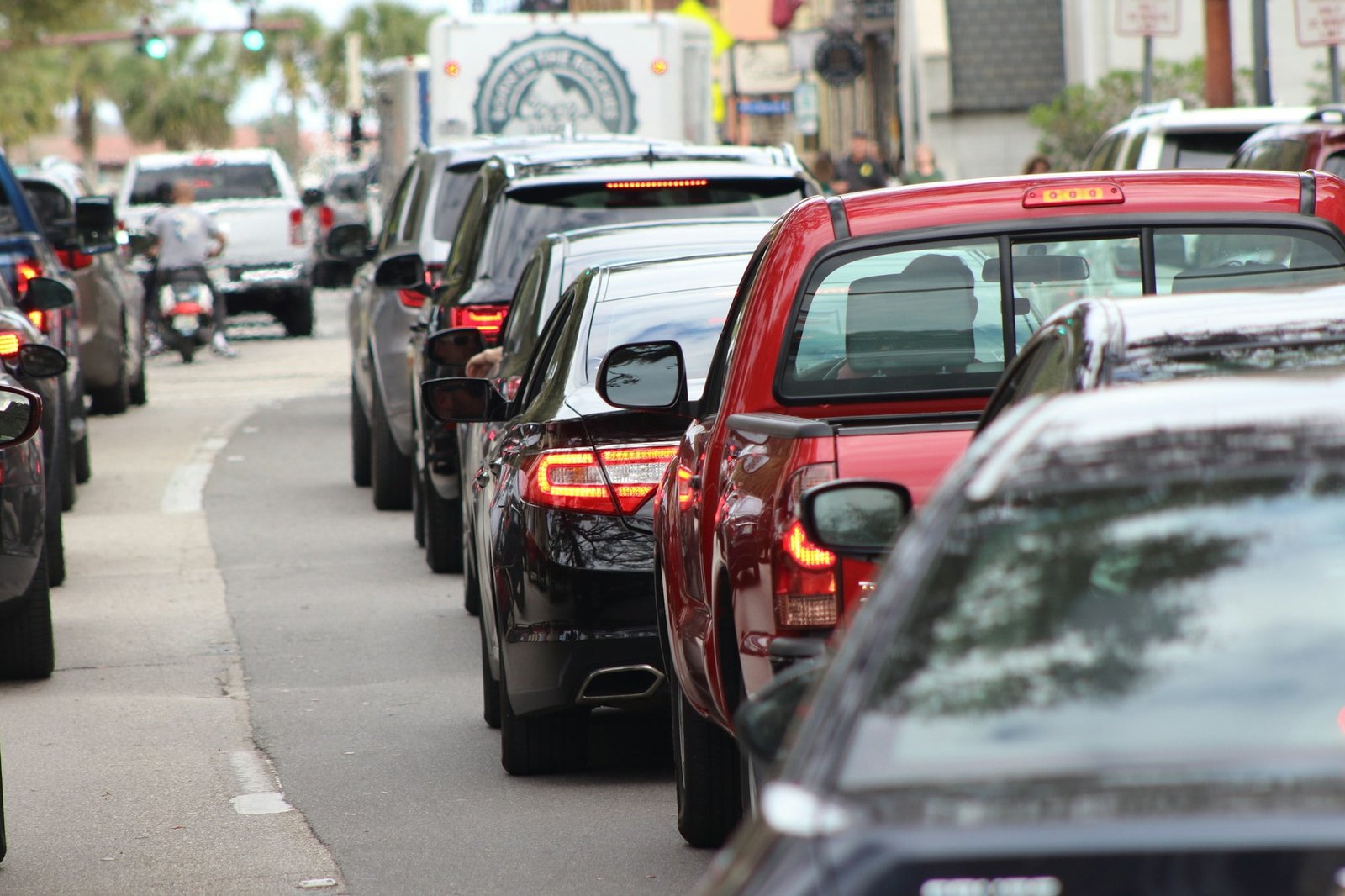Revolutionizing Urban Mobility: How AI-Driven Traffic Management Systems Are Eradicating Rush Hour Congestion in 2043
Future AI AutomotiveTable of Contents
Introduction
In the not-so-distant future of 2043, cities worldwide are experiencing a radical transformation in urban mobility thanks to the integration of Artificial Intelligence (AI) into traffic management systems. Gone are the days of perennial gridlock during rush hours, as AI-driven solutions have ushered in an era of seamless and efficient traffic flow.
Understanding the Problem: Rush Hour Congestion
For decades, rush hour congestion has been a ubiquitous problem plaguing urban centers globally. The influx of vehicles during peak hours overwhelms existing infrastructure, leading to traffic jams, increased travel times, and heightened pollution levels. Traditional traffic management methods struggled to keep pace with the rapid urbanization and burgeoning vehicle numbers, exacerbating the issue.
The Rise of AI in Traffic Management
Enter AI-driven traffic management systems, representing a paradigm shift in addressing congestion. Leveraging advanced algorithms and real-time data analysis, these systems optimize traffic flow, anticipate bottlenecks, and adapt dynamically to changing conditions. By integrating AI into traffic lights, road signage, and vehicle-to-infrastructure communication, cities are witnessing a revolution in how traffic is managed.
Key Components of AI-Driven Traffic Management
- Smart Traffic Lights: Traditional traffic lights are replaced with intelligent counterparts capable of adjusting signal timings based on traffic volume and patterns. This ensures smoother traffic flow and reduces unnecessary stops, thereby minimizing congestion.
- Predictive Analytics: AI algorithms analyze historical traffic data alongside real-time inputs to forecast traffic patterns. By predicting peak congestion areas, authorities can proactively deploy resources to mitigate potential bottlenecks before they occur.
- Dynamic Route Optimization: AI-powered navigation systems offer real-time route recommendations to drivers, considering factors such as traffic conditions, road closures, and alternative routes. This minimizes individual vehicle congestion and redistributes traffic across multiple pathways.
- Interconnected Infrastructure: AI facilitates seamless communication between vehicles and infrastructure, enabling proactive measures such as adaptive speed limits and lane management. This coordination ensures efficient traffic flow and reduces the likelihood of accidents.
Benefits of AI-Driven Traffic Management
- Reduced Congestion: By optimizing traffic flow and minimizing stoppages, AI-driven systems significantly reduce congestion levels during peak hours, leading to smoother commutes and shorter travel times.
- Improved Air Quality: Reduced idling times and smoother traffic flow translate to lower emissions and improved air quality, contributing to environmental sustainability and public health.
- Enhanced Safety: AI’s predictive capabilities help preemptively identify potential hazards, leading to fewer accidents and enhanced road safety for both drivers and pedestrians.
- Efficient Resource Utilization: By allocating resources based on real-time data and predictive analytics, cities can optimize infrastructure investments and maximize the efficiency of existing transportation networks.
- Enhanced Productivity: Reduced travel times and improved reliability enable individuals to allocate more time to productive activities, boosting overall economic productivity and quality of life.
Conclusion
In conclusion, the integration of AI into traffic management systems heralds a new era of urban mobility, where rush hour congestion is a relic of the past. By harnessing the power of AI algorithms, cities can optimize traffic flow, enhance safety, and improve overall quality of life for residents. As we look ahead to the future, AI-driven solutions promise to continue revolutionizing transportation, paving the way for smarter, more sustainable cities.
FAQs:
How does AI predict traffic patterns?
AI utilizes historical traffic data, real-time sensors, and machine learning algorithms to identify patterns and forecast traffic behavior with a high degree of accuracy.
Can AI-driven systems adapt to unexpected events, such as accidents or road closures?
Yes, AI algorithms can dynamically adjust traffic management strategies in response to unforeseen events, rerouting traffic and optimizing flow to minimize disruptions.
Are AI-driven traffic management systems cost-effective for cities to implement?
While initial setup costs may be significant, the long-term benefits in terms of reduced congestion, improved safety, and enhanced efficiency often outweigh the investment, making them cost-effective solutions in the long run.
How do these systems prioritize different modes of transportation, such as public transit and cyclists?
AI-driven systems can be programmed to prioritize various modes of transportation based on city priorities and policies, ensuring equitable access and efficient utilization of infrastructure.
What measures are in place to address potential privacy concerns associated with AI-powered traffic monitoring?
Implementing robust data protection protocols and anonymizing personal information help safeguard individual privacy while still enabling effective traffic management through AI technologies.
